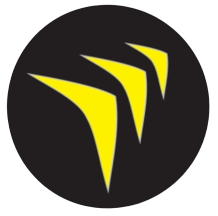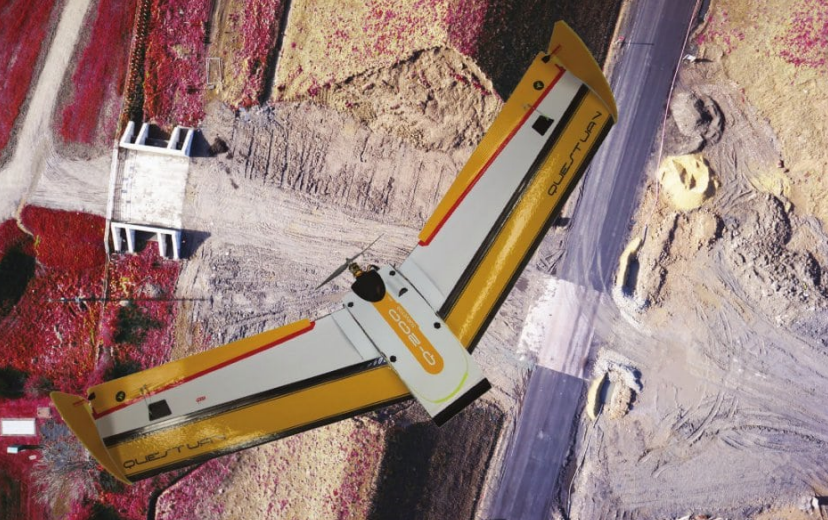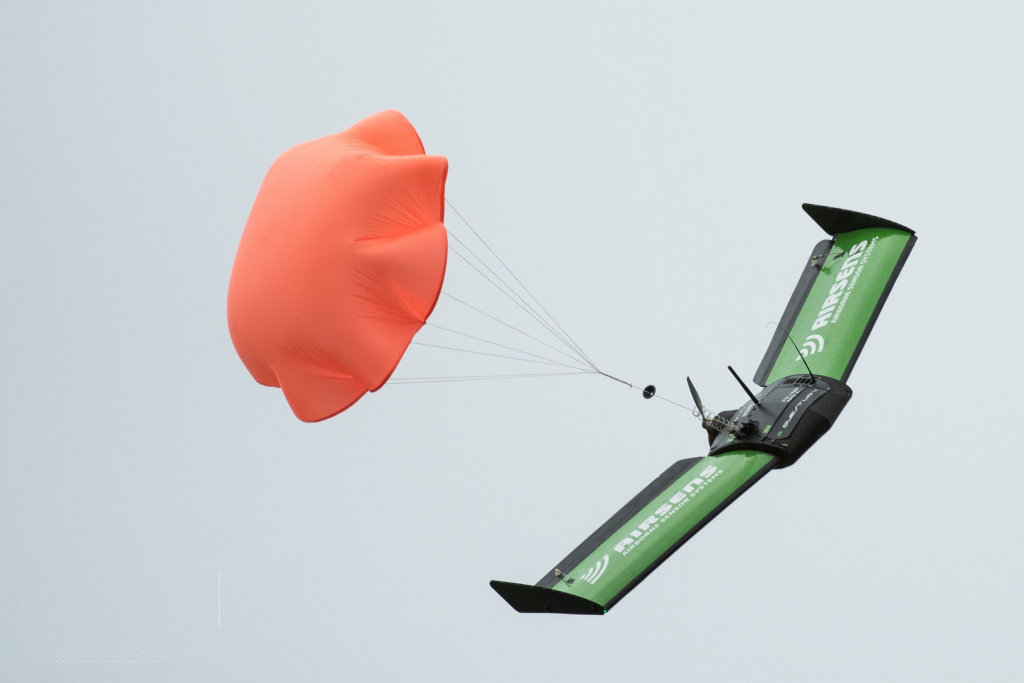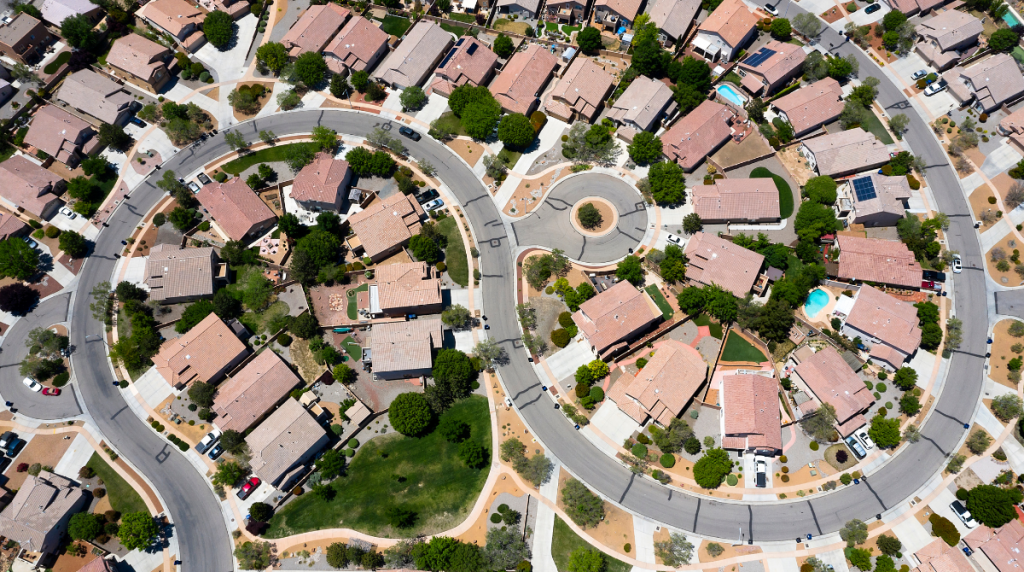
Mapping and surveying involve the creation of a precise 3D digital replica of a worksite, commonly referred to as a digital twin. This is achieved through photogrammetry, a process that collects geotagged aerial images that overlap one another. Photogrammetry software, like Pix4D, then generates realistic 3D representations of the site.
Industries are increasingly utilizing unmanned aerial vehicles (UAVs), also known as drones, to enhance their operations. This is particularly evident in the survey and construction sectors, which have leveraged drones to optimize labor and reduce costs.
Drone mapping solutions offer several benefits, including the ability to perform autonomous flights, which reduces the risks associated with traditional land surveying. Additionally, aerial photogrammetry provides a quick and cost-effective way to collect data, which generates an actual and permanent photographic record. Data acquisition can be done without interrupting operations on the ground, and analysis can be carried out in the office, rather than in the field.
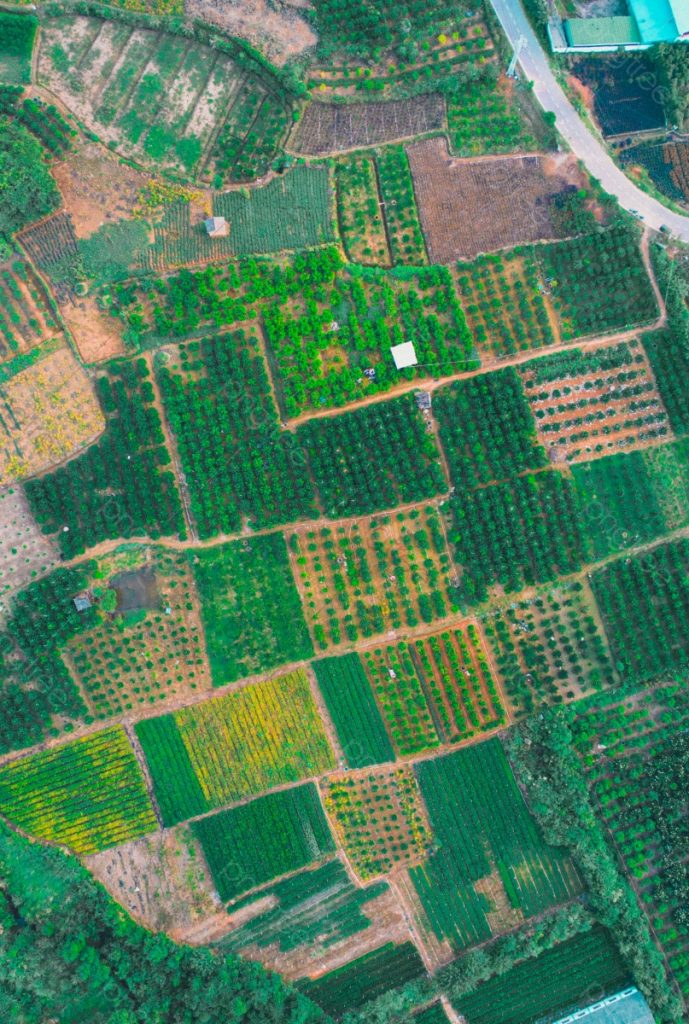
What are the Advantages of Drone Mapping & Surveying?
Increased Efficiency, Lower Costs:
Drone flights can take as little as 10-15 minutes and can access areas that would be difficult or dangerous to reach on foot, resulting in a significantly lower end-to-end cost than traditional survey methods. Using a drone provides maximal awareness of the progress on the site, which ensures that teams are kept informed and can work efficiently.
Precision Accuracy:
Drone maps contain thousands of points, which offer precision accuracy compared to the few hundred points obtained through traditional survey methods. This makes drone mapping an ideal solution for projects that require a highly detailed overview of the terrain.
All in one tool:
Drone mapping is a comprehensive solution that allows for highly detailed data collection across a large area, making it superior to satellite images or traditional ground surveying. Photogrammetry software can then process the data to generate photorealistic 3D representations of worksites. Consequently, using a UAV is a “one-stop” mapping and surveying solution.
To find out more about our UAV solutions, please click the link below:
